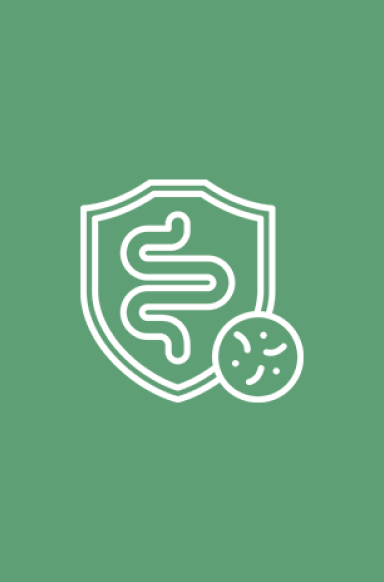Save 35% OFF your first subscription with code: EZ35
Save 35% OFF your first subscription with code: EZ35
Save 35% OFF your first subscription with code: EZ35
Save 35% OFF your first subscription with code: EZ35
Save 35% OFF your first subscription with code: EZ35
Save 35% OFF your first subscription with code: EZ35
Save 35% OFF your first subscription with code: EZ35
Save 35% OFF your first subscription with code: EZ35
Save 35% OFF your first subscription with code: EZ35
Save 35% OFF your first subscription with code: EZ35
Save 35% OFF your first subscription with code: EZ35
Save 35% OFF your first subscription with code: EZ35
Save 35% OFF your first subscription with code: EZ35
Save 35% OFF your first subscription with code: EZ35
Save 35% OFF your first subscription with code: EZ35
Save 35% OFF your first subscription with code: EZ35
Save 35% OFF your first subscription with code: EZ35
Save 35% OFF your first subscription with code: EZ35
Save 35% OFF your first subscription with code: EZ35
Save 35% OFF your first subscription with code: EZ35
Save 35% OFF your first subscription with code: EZ35
Save 35% OFF your first subscription with code: EZ35
Save 35% OFF your first subscription with code: EZ35
Save 35% OFF your first subscription with code: EZ35
EZ Melts Health Blog
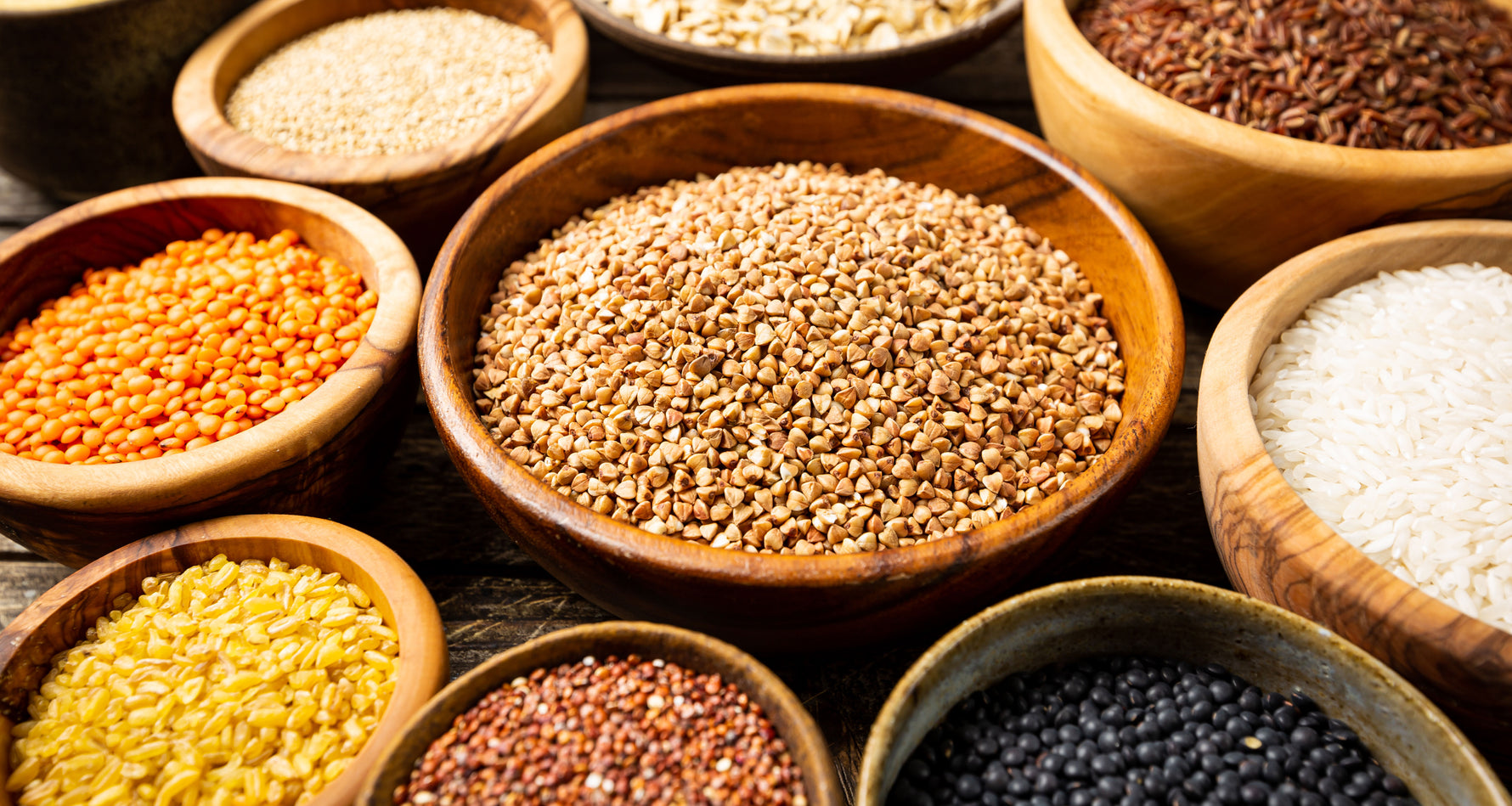
EZ Melts Health Blog
What You Should Know About the Grain-Free Diet
by Annie-Eliza Stevens
on May 01 2024
Reading Time: 3 minutes
Diet trends have always been polarizing, but grain-free diets are a hot topic among them. Some hail its benefits while others regard it as just another fad. But what exactly is the grain-free diet? And is it something you should consider for your own health?
First, let's define what we mean by "grain-free." This refers to a dietary approach that eliminates all grains, including wheat, corn, rice, and oats.
Proponents of this diet argue that humans evolved to eat a diet without grains and that they can cause inflammation in the body.
Meanwhile, dissenters claim that grains are an essential part of a balanced diet, and cutting them out can lead to nutrient deficiencies.
So, who's right? As with most things in life, the answer is not black and white. If you're standing at the crossroads of to grain or not to grain, here are some of the essential basics to know before deciding.
What Are the Benefits of a Grain-Free Diet?
The rhetoric advocating for a grain-free lifestyle often focuses on the touted health benefits. If you ditch grains, advocates suggest you might see improvements in digestion, a reduction in inflammation, and even relief from autoimmune conditions.
Grains are under scrutiny for their carb content and the pesky gluten they carry, especially when it comes to conditions like celiac disease or gluten sensitivity.
But before you toss your loaf of bread out of the window, it's worth noting that these benefits are often most significant for those with specific health conditions. People with gluten intolerance, celiac disease, or autoimmune diseases may indeed find solace in waving goodbye to grains.
Foods to Eat on a Grain-Free Diet
A grain-free life is a stage, and all foods have their entries and exits. When grains leave the spotlight, fruits, vegetables, nuts, seeds, and lean meats enter in their place.
These nutrient-packed foods can fill the void left by grains, offering the essential vitamins, minerals, and antioxidants we need, not to mention fiber from non-starchy veggies, and healthy fats from avocados and nuts.
Grains to Stay Away From
If you're grain-free bound, you'll want to sidestep the likes of wheat, rice, corn, barley, and oats. Gluten-free grains like quinoa, amaranth, or buckwheat might also be crossed off your list in a truly grain-free diet — even if they’ve sometimes managed to sneak their way into the hearts of the gluten-sensitive folks.
It's a tough pill to swallow, but the good news is that there are still plenty of delicious and nutritious options available. From cauliflower rice to zucchini noodles, the grain-free community has found creative ways to recreate their favorite dishes without grains. And with the rise in popularity of alternative flours like almond flour or coconut flour, baked goods can still be enjoyed too.
Drawbacks of Going Grain-Free
It's not all sunshine and rainbows in the grain-free diet. For starters, grains are a staple source of energy, and they bring B-vitamins, fiber, and important minerals to the table. Cutting out a whole food group requires thoughtful planning to replace lost nutrients.
And what about fiber? Often hailed as the unsung hero for our gut, fiber found in grains helps nourish gut flora and keep things moving smoothly down there. Without it, one might plead for digestive harmony.
Furthermore, going grain-free might lead to a higher intake of animal proteins and fats, which can carry their own health implications, like an increased risk of heart disease. It’s all about balance and ensuring you’re not simply swapping one demon for another.
Tips for Going Grain-Free
Considering waltzing into a grain-free lifestyle? Here’s some food for thought:
Consult with a professional. dietitian or nutritionist to ensure you're not missing out on vital nutrients.
Read labels diligently. With a grain-free diet, you might quickly become the Sherlock Holmes of ingredient lists.
Substitute smartly. Discover new, satisfying ways to keep your meals balanced with grain-free alternatives.
Monitor your body's response. Sometimes, the proof is in the gluten-free pudding; how your body reacts can be the ultimate barometer.
Conclusion
At the end of the day, the question to grain or not to grain is a deeply personal choice, laden with nutritional nuances. Whether you choose to board the grain-free train or wave it bye depends on your health needs, dietary preferences, and perhaps a bit of gastronomic experimentation.
When it comes to diets, there’s no one-size-fits-all. The food on our plate often reflects the stories of our bodies, and whether those narratives include grains is entirely up to you.
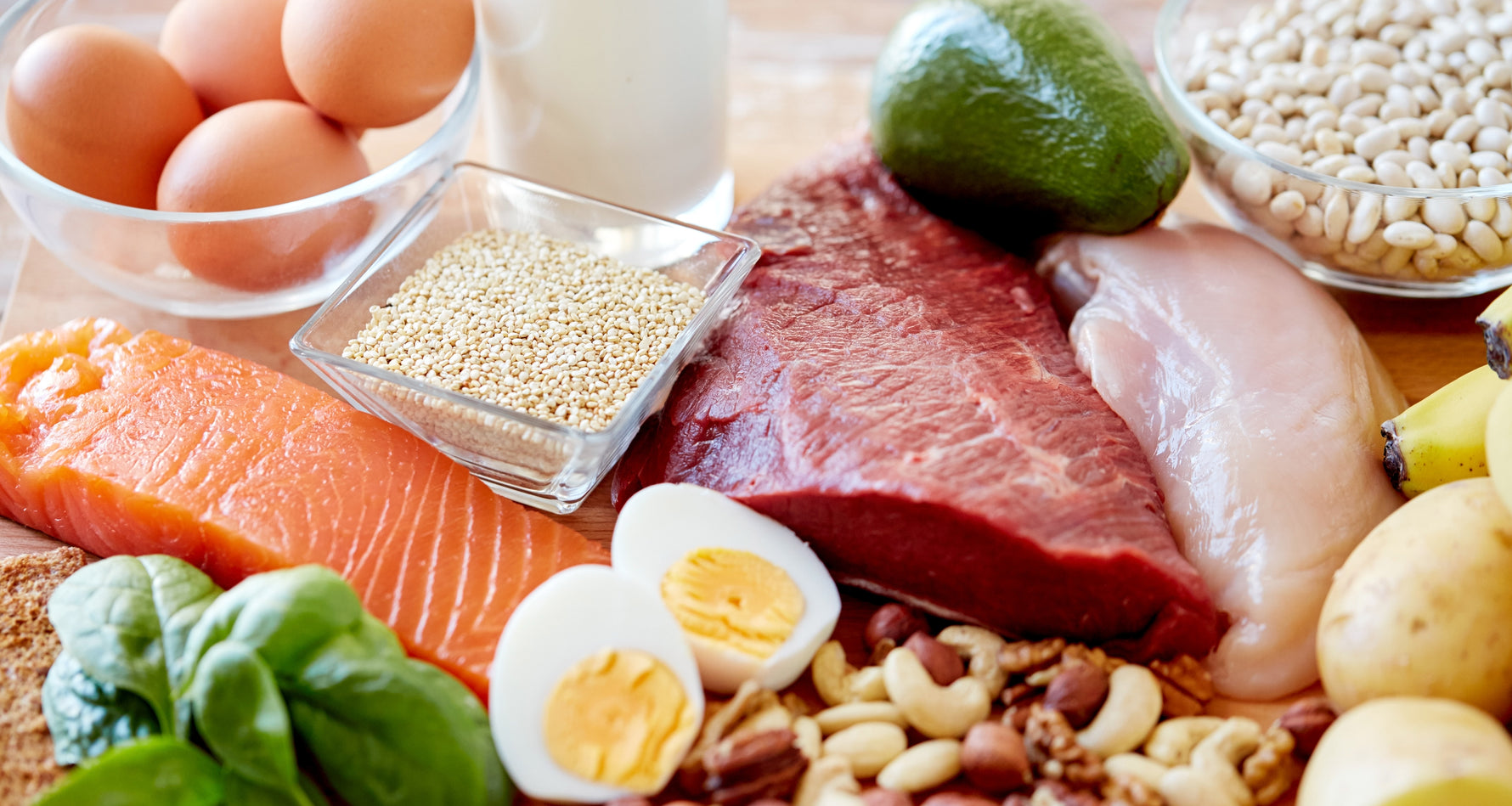
EZ Melts Health Blog
What Are Complete Protein Foods?
by Annie-Eliza Stevens
on Feb 28 2024
Reading Time: 4 minutes
We hear about protein all the time, but how often do you hear the phrase “complete protein”, and what does it mean?
Foods containing complete protein are crucial for maintaining your muscle mass, keeping your bones strong, and supporting various body functions. In this article, we'll explore what complete protein is, the role it plays in the body, and what foods are the best sources of it.
What is a Complete Protein?
First, let's define what complete protein is. Protein is made up of amino acids, which are considered the building blocks of our bodies.
There are 20 different types of amino acids, but nine of them are considered essential because our bodies cannot produce them on their own. Complete proteins contain all nine essential amino acids in adequate amounts for our body's needs.
In other words, they provide a complete set of amino acids necessary for optimal health and function.
Why is Complete Protein Important?
Protein plays many crucial roles in our bodies. It helps build and repair tissues, such as muscles, bones, and skin. It also produces enzymes, hormones, and antibodies that support various body functions. Additionally, protein is essential for maintaining a healthy immune system and promoting proper growth and development.
Complete proteins are especially important for individuals who are physically active or have higher protein requirements due to factors like age or illness. Without enough complete protein intake, the body may not be able to perform these vital functions efficiently.
Proteins play a vital role in building and repairing tissues, producing enzymes and hormones, and supporting the immune system.
A complete protein is essential for maintaining muscle mass and keeping bones strong. It is also vital for the production of healthy blood cells and maintaining healthy skin, hair, and nails.
Benefits of Consuming Complete Protein Foods
Consuming complete protein foods has numerous benefits for your health. These foods can help you build muscle mass, lose weight, reduce muscle soreness after exercise, and support your immune system. Complete protein foods have also been shown to help reduce the risk of heart disease, diabetes, and cancer.
Sources of Complete Protein
Animal-based sources of complete protein include meat, fish, poultry, eggs, and dairy products. These foods contain all the essential amino acids that our bodies require.
Animal-based sources of complete protein also tend to contain higher levels of certain nutrients like Vitamin B12, which is essential for nerve function and healthy blood cells.
Plant-based sources of complete protein include beans, lentils, quinoa, nuts, seeds, and tofu. While these foods may not have all the essential amino acids on their own, they can be combined with other plant-based sources of protein to create a complete protein source.
How Much Complete Protein Do You Need?
The amount of complete protein required varies depending on a person's age, sex, weight, and activity level.
However, according to the Centers for Disease Control and Prevention (CDC), the recommended daily intake of protein for adults is 46 grams for women and 56 grams for men.
If you are an athlete or someone who engages in regular physical activity, your protein requirements may be higher.
Tips for Incorporating Complete Protein into Vegetarian/Vegan Diets
Incorporating complete protein into vegetarian or vegan diets may seem a bit trickier, but can be easy and delicious!
Some tips to help you include complete protein in your diet include adding lentils to your soups and stews, making delicious and protein-rich smoothies with nuts and seeds, and using tofu or tempeh to make stir-fries and tacos. You can also experiment with different types of grains, such as quinoa or amaranth, which are considered complete proteins on their own.
Don't forget about the power of beans and legumes! These plant-based sources of protein can be incorporated into a variety of dishes, such as chili, salads, and even veggie burgers. And let's not overlook the versatile egg for vegetarians–– it’s a complete protein and can be used in many vegetarian and vegan recipes.
Often vegan and vegetarian sources are incomplete proteins, like legumes or certain grains by themselves, so incorporate a variety into your diet. Don't be afraid to try new foods and get creative in the kitchen when it comes to incorporating complete protein into your diet, because the benefits are definitely worth it.
Conclusion
Complete protein foods are essential for maintaining optimal health and wellbeing. Whether you are a meat-eater, vegetarian, or vegan, there are plenty of options for getting complete protein in your diet.
Be sure to include a variety of sources of complete protein to ensure that you are getting all the essential amino acids your body requires. Experiment with different recipes and ingredients to find what works best for you.
Remember, a well-rounded diet that includes complete protein will not only provide your body with the necessary building blocks for strong muscles and tissues, but it will also support healthy immune function, hormone production, and overall energy levels. All this adds up to a happier, healthier you!
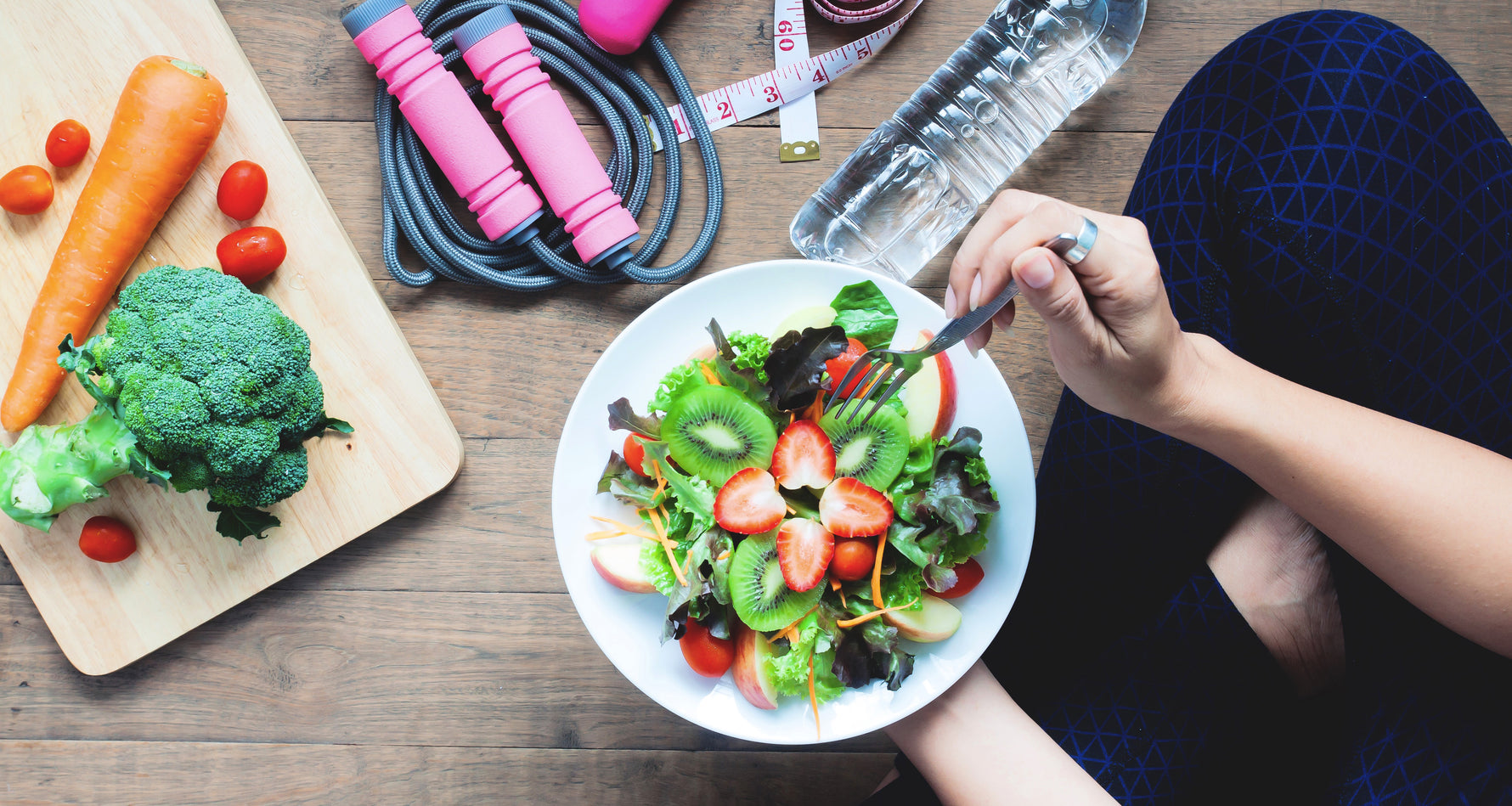
EZ Melts Health Blog
Cleansing with Food to Detox Your Body
by Annie-Eliza Stevens
on Feb 21 2024
Reading Time: 4 minutes
Detoxification: It’s a term thrown around a lot these days, but what does it actually mean? We all know that we should be keeping our bodies healthy, but understanding detoxification can be a bit complicated, so let’s break it down.
Detoxification is your body’s process of removing toxins from your body.
Essentially, it’s the body’s way of purifying itself. This process occurs naturally in our bodies, but it can also be supported through nutrition and lifestyle choices.
What Are Toxins?
Toxins are harmful substances that can enter our body through various sources such as the food we eat, the air we breathe, and the products we use.
They can cause damage to our cells and organs, leading to various health issues. Some common toxins include heavy metals, pesticides, chemicals, and pollutants.
These toxins can have negative effects on our health, causing symptoms like fatigue, headaches, skin problems, and even chronic diseases in the long run.
But don't panic just yet! As we mentioned above, our bodies have natural detoxification processes in place to help eliminate these toxins and keep us healthy.
This process involves the liver, kidneys, lungs, skin, and digestive system working together to filter out toxins and waste products from our body. However, with the increasing exposure to toxins in today's world, our bodies may need some extra support to effectively detoxify.
Why is Detoxification Important?
Our bodies are exposed to toxins every day, from the air we breathe to the food we eat. Over time, these toxins can build up and lead to health issues. Detoxification helps to remove these toxins and protect our bodies from damage.
How does the body naturally detoxify? The body has a few different ways of eliminating toxins. The liver is the primary organ responsible for detoxification. It breaks down toxins into compounds that can be eliminated through the urine or stool.
The kidneys, lungs, and skin also play a role in elimination. Sweating, for example, is a way in which the body can eliminate toxins through the skin. The lymphatic system also helps to remove waste products and toxins from the body.
However, with the increasing levels of pollution and toxins in our environment, our bodies can become overwhelmed and struggle to keep up with detoxification. This is where a targeted detox program can help.
A proper detox program should focus on supporting the body's natural detoxification processes while also reducing exposure to toxins. This can be achieved through diet changes, such as eliminating processed foods and increasing intake of fruits and vegetables, as well as incorporating supplements that aid liver function.
In addition, many people turn to alternative methods such as acupuncture, massage, and infrared saunas for additional support in detoxifying the body. These practices can help stimulate the lymphatic system and improve circulation, allowing for better elimination of toxins.
When undergoing a detox program, it's also crucial to pay attention to your emotional well-being. Stress can have a major impact on our bodies' ability to detoxify, so incorporating stress-reducing activities like yoga or meditation can be beneficial.
Remember, a successful detox program isn't about extreme measures or quick fixes. It's about supporting our bodies' natural processes and making sustainable lifestyle changes that will benefit us in the long-run.
Foods that Support Detoxification
While the body naturally detoxifies, there are also certain foods that can support this process. These include foods that are high in antioxidants, such as berries, and legumes, leafy greens, and turmeric.
Fiber-rich foods, such as whole grains and legumes, can also help to remove toxins from the body. Additionally, foods that support liver function, such as beets and cruciferous vegetables, can also aid in detoxification.
Some people also use herbal supplements or specific detox diets, like juicing, to support their body's natural detoxification process. However, it is important to consult with a healthcare professional before embarking on any strict detox program.
Other Ways to Support Detoxification
In addition to incorporating certain foods into your diet, there are other ways to support the body's natural detoxification process. These include:
Drinking plenty of water: Staying hydrated helps the kidneys flush out toxins and waste products from the body.
Exercise: Sweating through physical activity can help eliminate toxins through the skin.
Getting enough sleep: During sleep, the body goes into repair mode and eliminates toxins through various processes.
Avoiding processed foods and alcohol: These can put additional strain on the liver and contribute to toxin buildup in the body.
Conclusion
Detoxification can seem like a daunting process, but with proper nutrition and healthy lifestyle choices, it can be easier than you think. Remember, our bodies are constantly working on eliminating toxins and waste products.
By making small changes to our lifestyle and diet, we can support this process and feel more energized and healthy. It is also important to listen to your body's cues - if you feel excessively fatigued or experience any unusual symptoms during a detox program, it may be best to stop or consult with a healthcare professional. With the right approach, detoxing can be a beneficial tool for improving overall wellness.
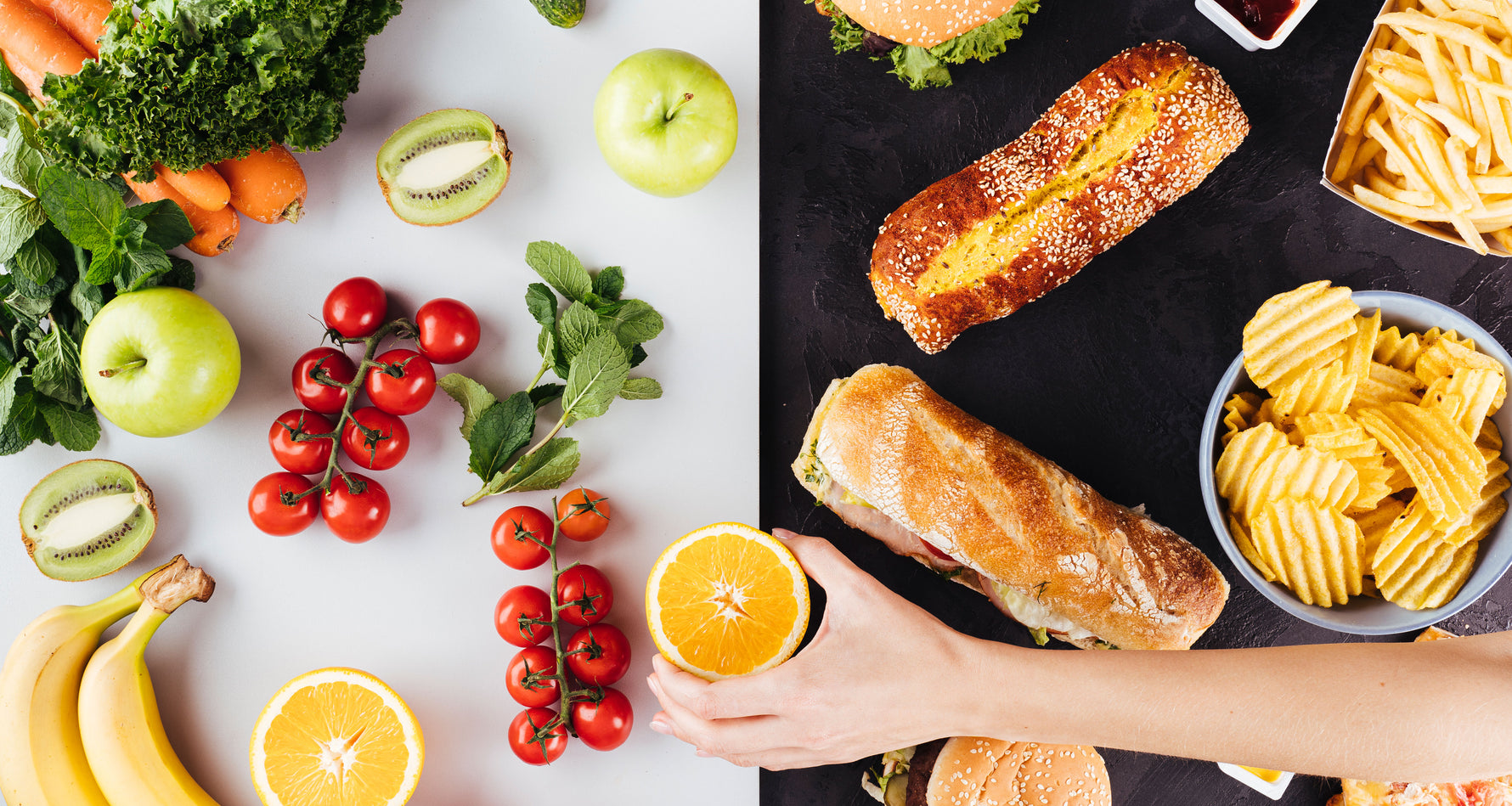
EZ Melts Health Blog
Healthier Options to Pick at Famous Fast-Food Chains
by Annie-Eliza Stevens
on Jan 04 2024
Reading Time: 3 minutes
Fast food is all around us. Quick, tasty meals are just a drive-thru away, and grabbing something on the go can be very tempting. However, fast food isn't always the healthiest option. Many fast-food meals are high in calories, fat, and salt, and can contribute to lasting health problems.
But we all know that sometimes fast food is the easiest option, and it’s better to eat something than nothing, so many of us opt for meals on the go because of our busy lives.
In this blog post, we'll share some tips on how to pick healthier options at popular fast-food chains, so you can still eat something more nutritious when you’re tight on time or budget.
Taco Bell
Taco Bell offers a variety of menu items, some of which can be healthier than others. Consider choosing a Fresco-style menu item, which replaces cheese and sour cream with pico de gallo. The grilled chicken soft tacos are a good option, and you can skip the guacamole and the cheese. If you're in the mood for a burrito, go for the Fresco-style grilled steak burrito. Remember to watch your portion sizes and avoid the nachos and the cheese sauce.
McDonalds
McDonald's has salads on the menu, but some can be misleadingly high in calories and fat. The southwest grilled chicken salad is healthier, but avoid adding the creamy ranch dressing. You could also try the artisan grilled chicken sandwich and skip the sauce. Hungry for a burger? Instead of the Big Mac or Quarter Pounder, opt for a Double Cheeseburger. In general, stick to grilled options instead of fried, and avoid the larger portions.
Burger King
BK is known for its Whopper, but make a healthier choice at Burger King while still satisfying that craving and try the Whopper Jr. or the grilled chicken sandwich without the mayo. The veggie burger is also a good option, and you can skip the cheese and the mayo. If you're in the mood for fries, choose the smallest size, and pair your meal with a side salad and water instead of a soda.
KFC
Fried chicken is a staple at KFC, but there are other options available. The grilled chicken is a healthier alternative, and you can pair it with a side salad instead of fries. Avoid the biscuits and the cream-based sides, such as the mashed potatoes and gravy.
Wendy's
Wendy's has a great selection of salads, such as the apple pecan chicken salad or the grilled chicken salad. You can also opt for a grilled chicken sandwich or the chili and skip the cheese or sour cream. Avoid the larger portions, such as the Baconator or the fries.
Starbucks
Starbucks has more than just coffee. You can grab a sandwich or a salad, but be aware that some options can be high in calories and fat. The turkey and pesto sandwich or the chicken and quinoa protein bowl are both healthier options. Skip the pastries and the syrups in your coffee, as these add tons of sugar, unnecessary fats, and carbs to your day.
Chipotle
Chipotle allows you to customize your meal, which is great for making a healthier choice. Choose brown rice instead of white, and add beans and veggies to your bowl or burrito. Skip the cheese and sour cream, and be careful with the portion of the guacamole. Chicken or steak are the leanest protein options.
Dunkin Donuts
Donuts are not the healthiest breakfast choice, but there are other options at Dunkin Donuts. Try the egg and cheese wake-up wrap or the oatmeal with fruit. Skip the sugary drinks, such as the mocha latte, and opt for a black coffee or an unsweetened iced tea.
Panera Bread
Panera Bread has a great selection of salads, soups, and sandwiches. The Mediterranean veggie sandwich or the turkey chili are both good options. You can also customize your salad or sandwich to make it healthier. Avoid pastries and sugary drinks.
Conclusion
Fast food isn't the best option for our health, but there are ways to make healthier choices when we're on the go. By choosing grilled options, skipping the cheese and mayo, and watching our portion sizes, we can still enjoy a quick meal without ruining our diet.
Your diet is your call, but if you are looking to eat a bit on the healthier side, know that there are options available to you. Treat fast food as a once-in-a-while treat rather than an everyday staple. With careful consideration, you can still indulge a craving without regret.
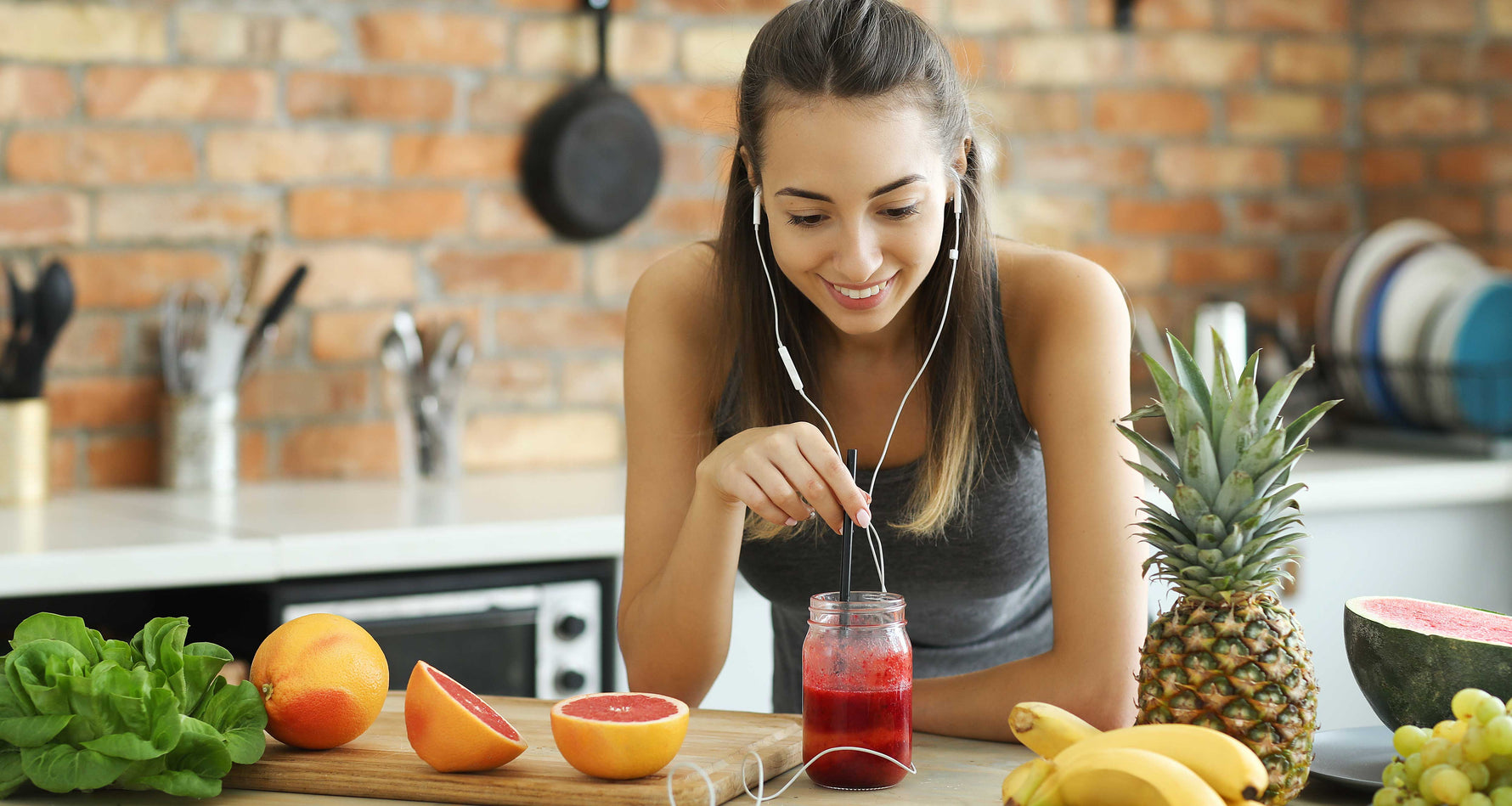
EZ Melts Health Blog
4 Best Recipes for Juicing During the Holiday Season
by Annie-Eliza Stevens
on Dec 12 2023
Reading Time: 4 minutes
The holiday season is a time for joy, celebration, and delicious food, but it can also be stressful and exhausting for people who struggle with maintaining a healthy lifestyle. With the parties, gatherings, and endless feasts, it can be difficult to resist the temptation of overindulging.
That's why having a juicing routine can be an excellent way to take care of your body and stay energized during this time of the year. Juicing for cleansing purposes can support balance in your lifestyle while you prepare for the holidays.
Juicing, not blending, is the best option because it’s believed to squeeze out all the nutrients for you without the extra density of the fruit, but if you’d prefer to blend for a more filling treat, it’s your choice! Just sip and enjoy. These four recipes for juicing will keep you celebrating through the New Year.
The Green Juice
This recipe is perfect when you need a boost of vitamins and minerals to keep you going for the day. You'll need to blend kale, spinach, apples, celery, cucumber, and ginger. The result is a refreshing and energizing juice that will keep you hydrated and feeling good throughout the day.
Ingredients:
2 cups of leafy greens (spinach, kale, or any other greens of your choice)
1 cucumber
2 celery stalks
1 Fuji or Pink Lady apple
1 lemon
1 inch of fresh ginger root
Instructions:
Wash and chop all the vegetables and fruits into small pieces.
Add the leafy greens, cucumber, celery stalks, apple, and ginger into a juicer.
Squeeze the juice of one lemon into the mixture.
Juice all the ingredients until smooth.
If using a blender, strain the mixture through a fine-mesh strainer to remove any pulp.
Pour the green juice into a glass and enjoy immediately for maximum freshness and nutrients.
The Spiced Apple Pie Delight
Who says you can't indulge in festive flavors while keeping things on the healthy side? This juice is a favorite for the holiday season because it tastes like apple pie but has all the nutrients you need. You'll need to blend apples, pear, cinnamon, nutmeg, and ginger.
Ingredients:
4 apples (any variety)
1 pear
1 inch of fresh ginger root
1 teaspoon of ground cinnamon
1/4 teaspoon of ground nutmeg
Pinch of ground cloves (optional)
Instructions:
Wash and chop the apples and pear into small pieces.
Add the chopped fruit to a juicer.
Grate or chop the ginger root and add it to the mixture.
Sprinkle in the ground cinnamon, nutmeg, and cloves (if using).
Juice all the ingredients until smooth.
If using a blender, strain the mixture through a fine-mesh strainer to remove any pulp.
Pour the spiced apple pie juice into a glass and enjoy immediately for maximum freshness and nutrients.
The Tropical Treat
Need an escape in the colder months? If you're looking for a refreshing and sunny juice, this recipe is perfect for you. You'll need to blend pineapples, orange juice, mangoes, bananas, and a bit of ginger. The mixture is packed with antioxidants, vitamins, and minerals that will boost your immune system and uplift your mood.
Ingredients:
1 mango
1/2 pineapple
1 cup of orange juice
1 banana
Instructions:
Peel and chop the mango and pineapple into small pieces.
Peel and slice the banana.
Add all the chopped fruit and the orange juice (or 2 fresh oranges) to a juicer.
Juice all the ingredients until smooth.
If using a blender, strain the mixture through a fine-mesh strainer to remove any pulp.
Pour the tropical juice into a glass and garnish with a slice of pineapple or mango for an extra touch of paradise.
The Beetroot Power Juice
Beetroot is an excellent source of iron and is packed with other nutrients that support the immune system. This spicy and tangy juice is perfect when you need an energy boost. You'll need to blend beets, carrots, lemon, and a pinch of cayenne pepper. The result is a rejuvenating juice that will give you the power you need to face the day.
Ingredients:
2 medium-sized beetroots
3 large carrots
1 lemon
small pinch of cayenne
Instructions:
Peel and chop the beetroots and carrots into small pieces.
Juice the beetroots and carrots.
Squeeze half a lemon into juice and just a pinch of cayenne pepper to taste.
If using a blender, strain the juice through a fine-mesh strainer to remove any pulp.
Pour the beetroot carrot lemon juice into a glass and enjoy immediately for maximum freshness and nutrients.
Conclusion
The holiday season is a time for celebration, but it's also a time to take care of your body and rejuvenate with self-care practices. Juicing is an excellent way to ensure that you're providing your body with the nutrients it needs to thrive during this time of the year.
These four juicing recipes are perfect for when you need to promote energy, a quick TLC moment, or just a delicious and healthy treat. Try them out and see how they can transform your self-care routine this holiday season.
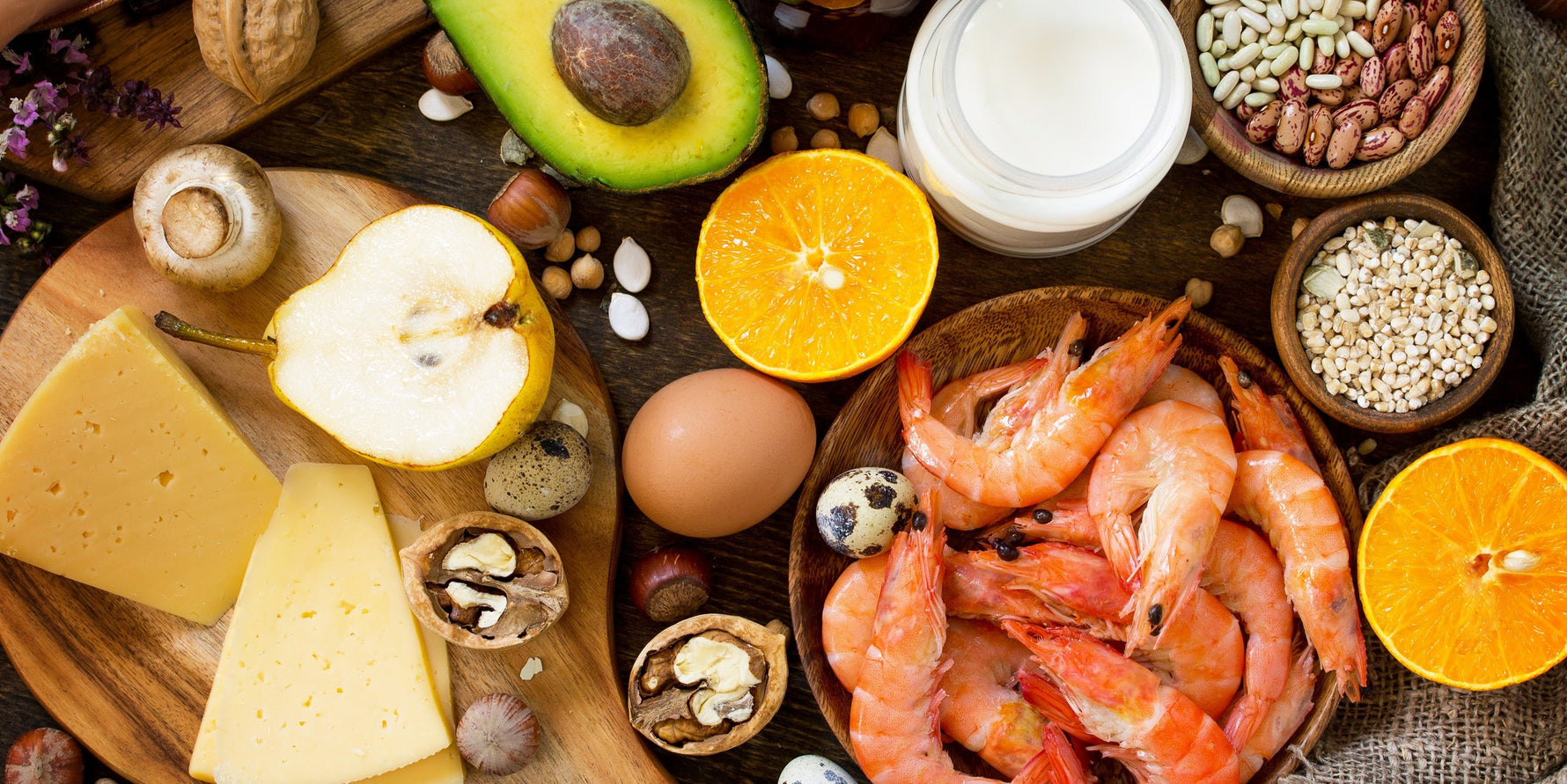
EZ Melts Health Blog
Protein and Fiber: The Dynamic Duo of Nutrition
by Annie-Eliza Stevens
on Jun 06 2023
Reading Time: 3 minutes
Protein and fiber are two essential components of a healthy diet, and they are even better when consumed together. Protein and fiber have different roles in the body, but both are important for a variety of functions.
Protein provides the body with energy, building blocks for cells, and is essential for maintaining muscle mass. Fiber helps regulate digestion, reduce cholesterol, and helps you feel fuller longer.
Combining protein and fiber gives you the best of both worlds, providing you with the nutrition you need to stay healthy and energized. Read on to learn more about why protein and fiber are the dynamic duo of nutrition.
What Are the Benefits of Protein?
Protein is an essential nutrient that our body needs to function properly. It plays a vital role in building and repairing tissues, producing enzymes and hormones, and supporting a healthy immune system. Protein also helps to maintain healthy muscles, bones, skin, and hair.
One of the key benefits of protein is its ability to keep us full and satisfied. When we eat protein-rich foods, they take longer to digest than carbohydrates and fats, which means that we stay full for longer periods of time and experience more stable energy levels throughout the day.
In addition, protein is important for preserving lean muscle mass. As we age, our muscles naturally start to deteriorate, which can lead to a variety of health problems. By consuming adequate amounts of protein, we can help to slow down this process and maintain strong, healthy muscles.
Overall, protein is a crucial component of a healthy diet and should be consumed in adequate amounts on a daily basis. Good sources of protein include lean meats, fish, poultry, eggs, beans, and nuts.
What Are the Benefits of Fiber?
Fiber is an essential nutrient that plays a crucial role in maintaining a healthy diet. It is a type of carbohydrate that our bodies cannot digest, but it serves several important functions that contribute to our overall health.
Firstly, fiber aids in digestion and helps regulate bowel movements. It adds bulk to stool, making it easier to pass through the digestive system and preventing constipation. It can also help reduce the risk of developing hemorrhoids and diverticular disease.
Fiber can also support lower cholesterol levels, which can ultimately decrease the risk of heart disease. It does this by binding to cholesterol in the intestines and removing it from the body. A high-fiber diet has also been linked to lower blood pressure, which is also important for heart health.
Another benefit of fiber is its role in weight management. Foods high in fiber tend to be more filling and satisfying, which can lead to consuming fewer calories overall. Fiber also slows down the absorption of glucose into the bloodstream, preventing spikes in blood sugar levels and helping to maintain steady energy levels.
How Do Protein and Fiber Work Together?
Protein and fiber work in tandem to provide our bodies with the nutrition needed for optimal health. When we consume foods rich in protein, our bodies use it to build and repair muscle tissue, support our metabolism, and aid in the production of enzymes and hormones.
When consumed together, protein and fiber can provide a balanced and sustained source of energy throughout the day. Additionally, foods that are rich in both protein and fiber tend to be nutrient-dense, meaning they provide our bodies with a variety of essential vitamins and minerals.
So what are some examples of foods that are high in both protein and fiber? Beans, lentils, nuts, and seeds are all great sources of nutrients. Whole grains such as quinoa, brown rice, and oats are also excellent choices. Vegetables such as broccoli, spinach, and sweet potatoes combine protein, fiber, and essential vitamins.
The EZ Melts Difference
If you’re looking to make sure you’re getting all the nutrition your body needs beyond fiber and protein, supplements can be a great addition to your healthy eating plan.
We make it EZ to get the nutrition you need with our fast-melting supplements. Our vitamins are non-GMO, vegan, sugar-free, and free from the nine most common allergens.
And with our subscription service, it’s even easier to take care of yourself. Use code EZ30 at checkout to save 30% off your first subscription.












